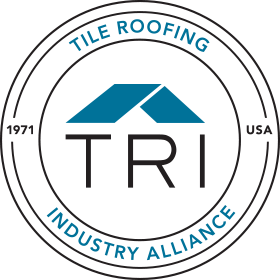Updates from Washington, DC
OSHA Recordkeeping Rule
March 30, 2022 – OSHA published proposed amendments to its recordkeeping regulations that essentially requires businesses to submit additional injury and illness info to OSHA in keeping with what the Obama Administration had in mind. Current regulations require summary Form 300A to be electronically filed with OSHA by employers with 250 or more employees who must maintain injury and illness records, and by employers with 20-249 employees in specific industries that have historically high rates of injuries and illnesses (e.g., construction).
An important change being proposed is covered establishments with 100 or more employees in certain high-hazard industries (including construction) will be required to electronically submit information from their Forms 300, 301 and 300A to OSHA once a year (rather than just the 300A) and the data will be posted online by OSHA.
U.S. Adds 35K H-2B Visas for 2nd Half of FY2022
March 31, 2022 – The Department of Homeland Security (DHS) and the Department of Labor (DOL) announced they will offer 35,000 additional H-2B visas for temporary nonagricultural workers in the second half of fiscal year 2022 (4/1 – 9/30), following calls from lawmakers for more visas to help businesses struggling to fill jobs.
The extra 35,000 visas will be on top of the standard 33,000 for each half of the fiscal year, but targeted so that 23,500 will be for returning H-2B workers who had a visa or were granted H-2B status in one of the past three fiscal years. The remaining 11,500 are for individuals from El Salvador, Guatemala, Haiti and Honduras. It’s possible the visas set-aside for individuals from those four countries will be put back in the larger pool if not used by a date certain.
DOL Proposal to Update Davis-Bacon
On March 18, DOL published a proposed rule to update regulations for the Davis-Bacon Act, which applies to federal and federally-assisted construction projects. The law requires a company that accepts such a contract to pay its workers the “prevailing wage” which, in practice, has meant contactors must either have unionized workers or pay them as if they were unionized. Critics argue this proposal is simply a way for DOL to get around having to compile data on prevailing wages for a majority of workers in an area by allowing an arbitrary shortcut based on what the top 30% of workers earn. As such, Associated Builders and Contractors, Associated General Contractors and other employer groups are not supportive of DOL’s proposed new rule.
DOL Wage and Hour Division Nominee Defeated in Senate
March 30, 2022 – The Senate defeated the Biden Administration’s nominee for the Dept. of Labor’s Wage and Hour Division, after three Democrats joined all Republicans to oppose the pick. Dr. David Weil had led the Wage and Hour Division in the Obama Administration, but didn’t get the support to be Administrator this time when Sens. Manchin (D-WV), Sinema (D-AZ) and Kelly (D-AZ) voted no. Weil had faced strong opposition from Republicans and business groups per his previous policies on issues like independent contractor classification, joint employment designations and overtime pay.

